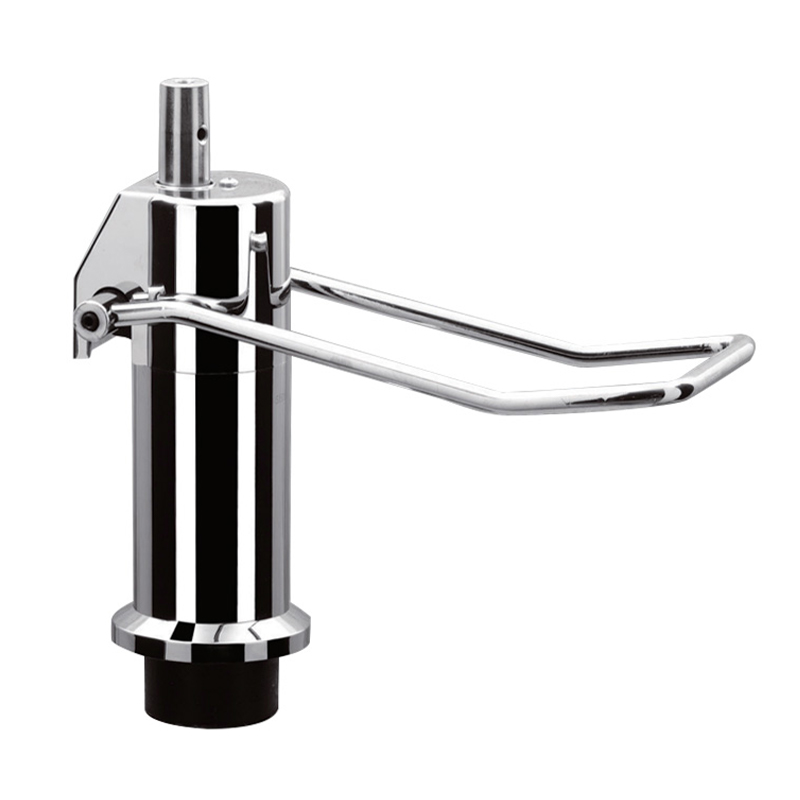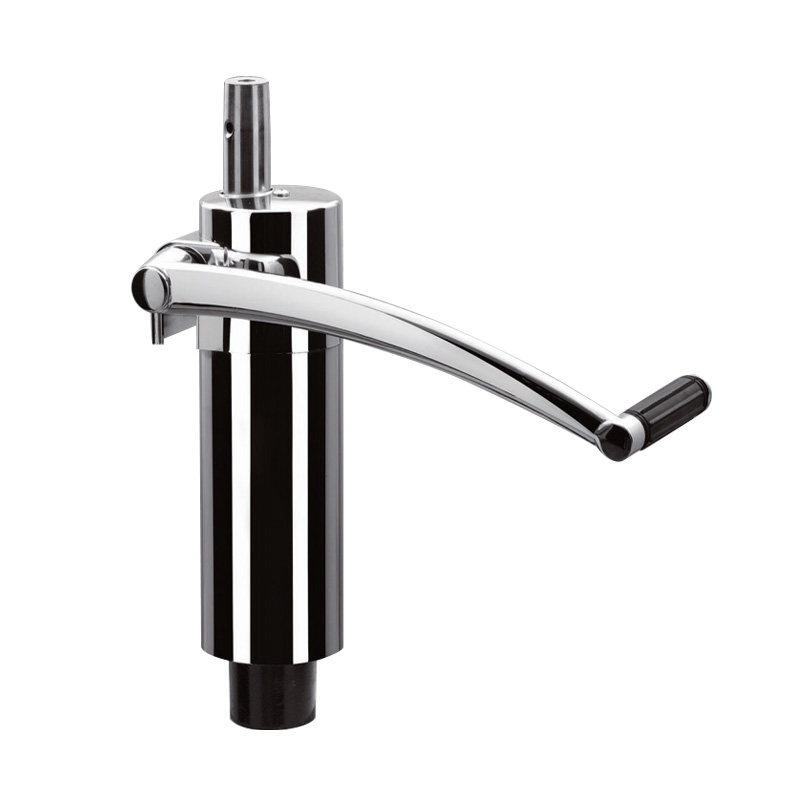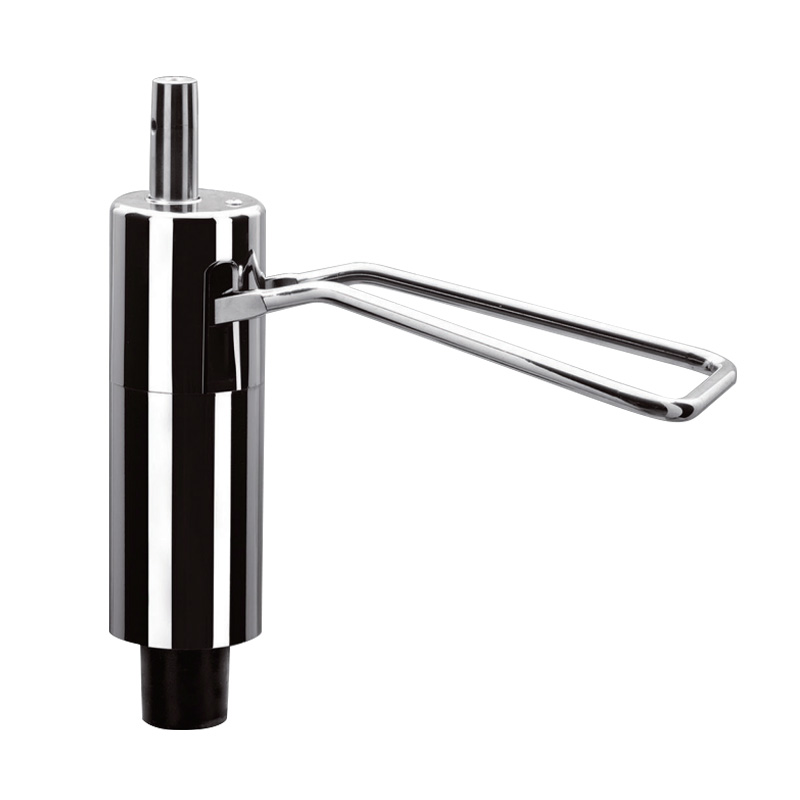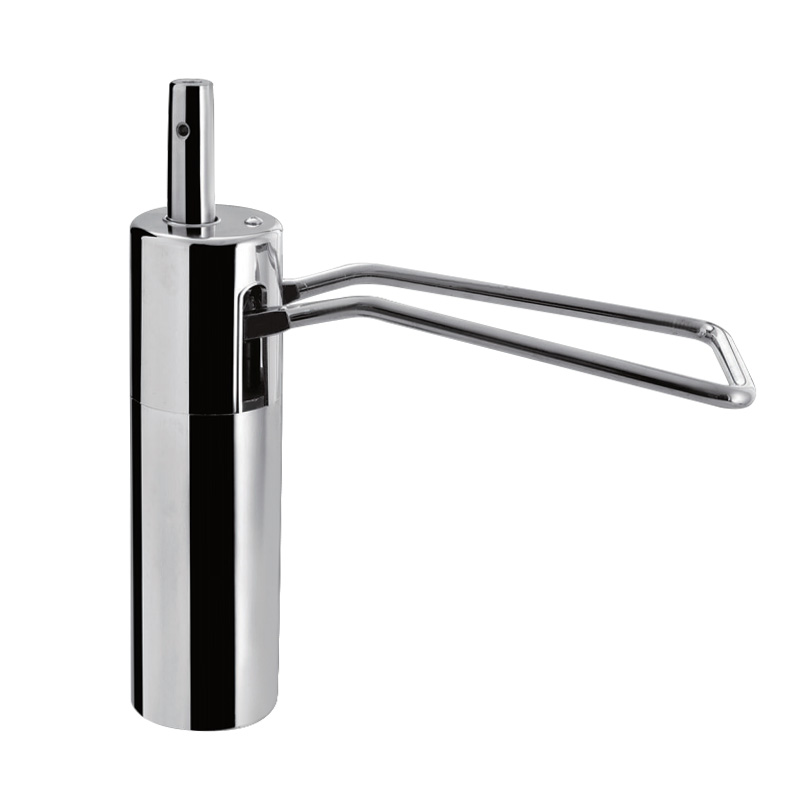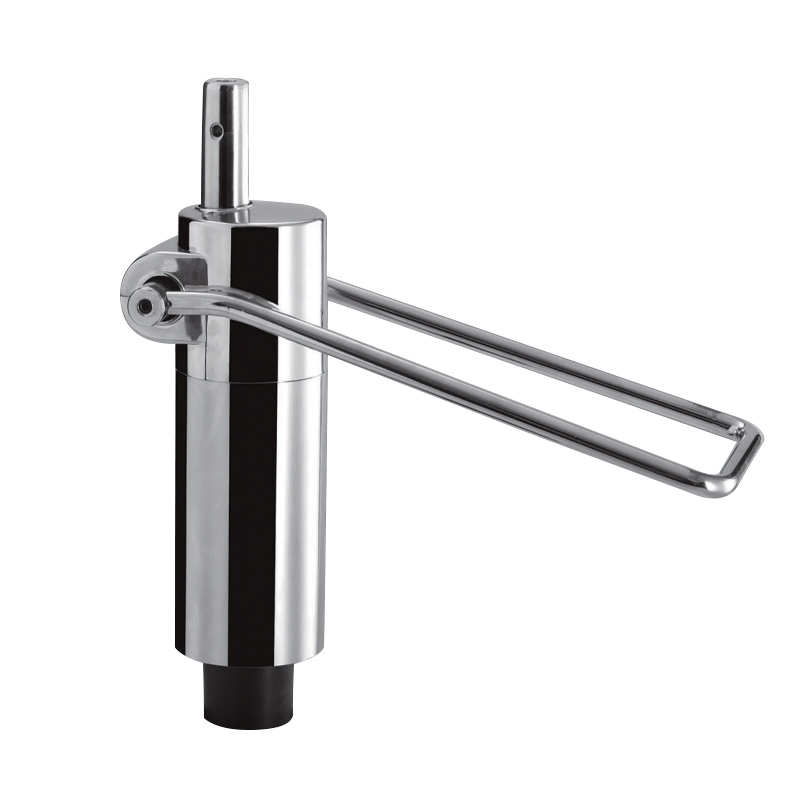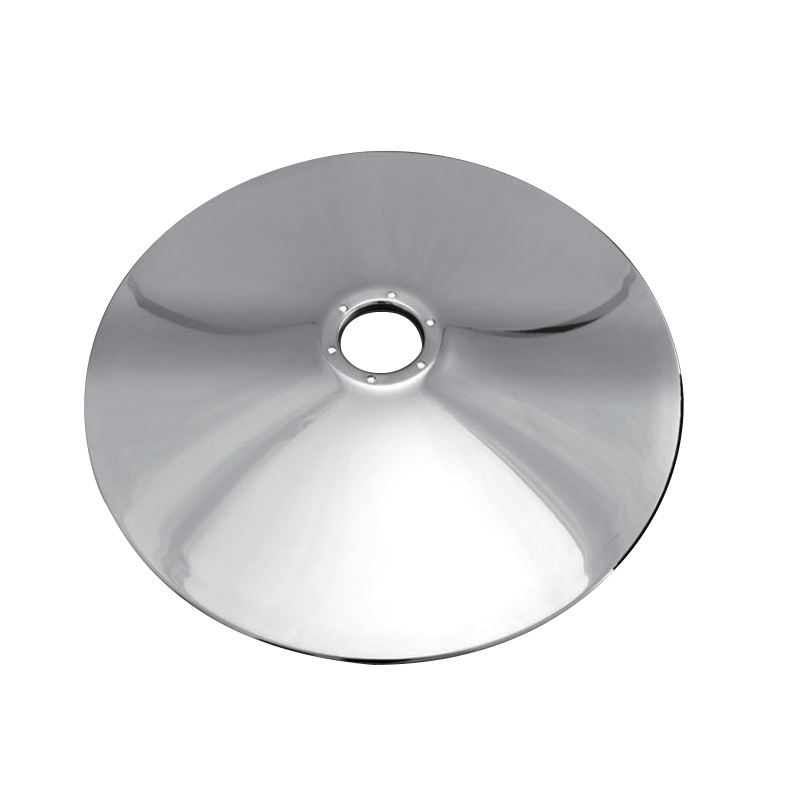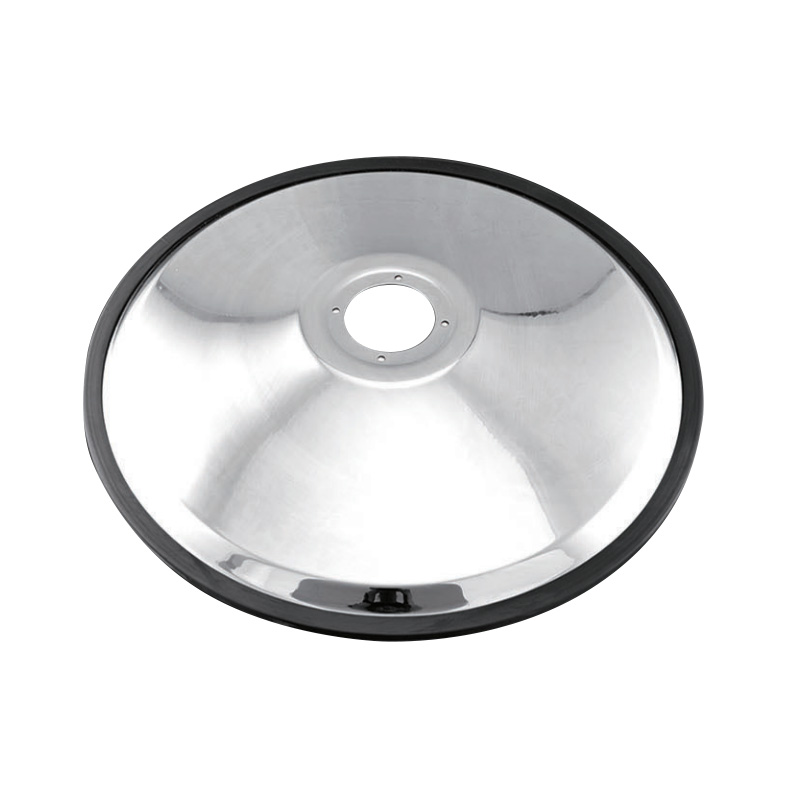The origins of barber chairs date back to the late 19th century. Early models were simple wooden or metal chairs with limited adjustability. Barbers relied on manually lifting or tilting the chairs to accommodate clients. This process was laborious and less comfortable for clients, especially during lengthy grooming sessions.
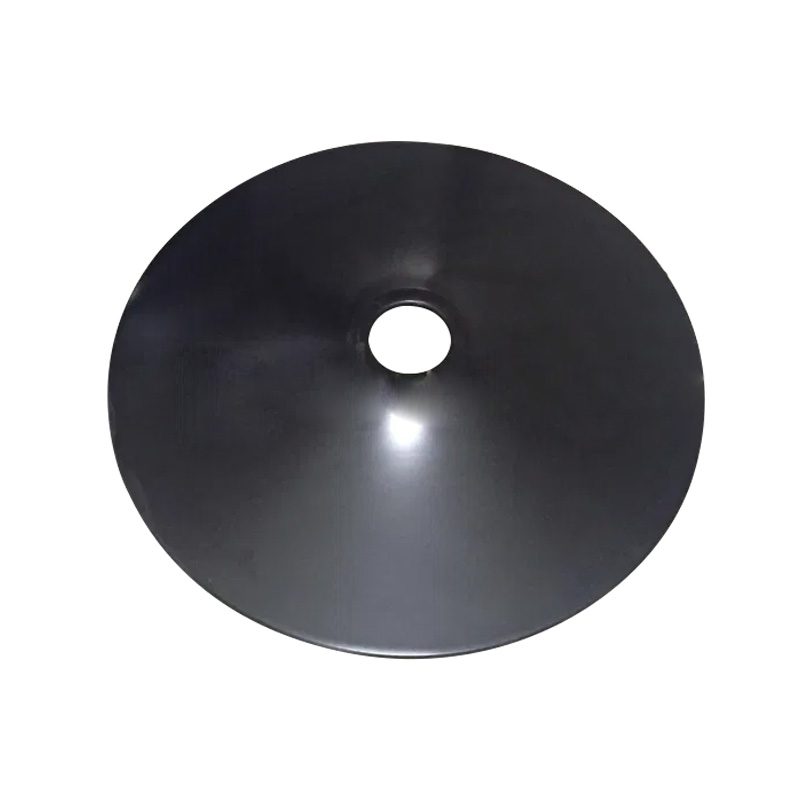
The need for a more efficient and comfortable seating solution led to the introduction of mechanical systems that could adjust chair height and position. Among these, hydraulic bases emerged as a significant innovation.
The hydraulic system was a breakthrough in barber chair design. It allowed barbers to raise or lower the chair smoothly using fluid pressure. The core principle involves pumping hydraulic fluid through a cylinder, which moves the chair up or down. This eliminated the need for manual lifting and provided precise control over the chair's height.
Early hydraulic bases were relatively simple but effective. They offered several advantages:
Smooth Height Adjustment: Barbers could quickly adapt the chair height to their comfort and the client's needs.
Increased Client Comfort: Clients experienced less awkward repositioning, a more relaxed experience.
Improved Barber Efficiency: The hydraulic mechanism saved time and effort, allowing barbers to focus more on their work.
These early hydraulic barber chairs became popular across salons and barber shops worldwide.
Over the years, barber chairs hydraulic base technology has evolved to meet higher standards of safety, durability, and performance. Modern hydraulic systems feature improvements such as:
Enhanced Sealing and Fluid Quality: Improved seals prevent leaks, while advanced hydraulic fluids offer smoother operation and longer service life.
Load Capacity and Stability: Contemporary hydraulic bases support heavier weights and offer better stability to ensure client safety.
Ergonomic Controls: Modern designs incorporate foot pedals or hand levers that enable barbers to adjust chair height easily without interrupting their workflow.
Noise Reduction: Advances in materials and engineering have led to quieter hydraulic pumps, creating a more pleasant environment in barber shops.
These developments have made hydraulic bases more reliable and user-friendly.
In addition to mechanical advancements, the materials and design of barber chair bases have seen significant upgrades:
Durable Metals: The use of stainless steel and high-grade alloys enhances strength and corrosion resistance.
Aesthetic Appeal: Base plates and hydraulic cylinders now feature polished chrome or matte finishes, blending functionality with style.
Compact Footprint: Modern bases are designed to occupy minimal floor space while stability, essential for smaller or busy barber shops.
These improvements contribute to both the longevity and visual appeal of barber chairs.
Today's barber chairs often integrate hydraulic bases with other advanced features. For example, some chairs include:
360-Degree Swivel: Allowing the chair to rotate smoothly, giving barbers better access to the client.
Reclining Functions: Hydraulic systems work in tandem with reclining mechanisms to adjust the backrest position.
Adjustable Headrests and Footrests: Offering additional comfort tailored to individual clients.
The hydraulic base is thus part of a comprehensive system designed to optimize the barbering experience.


 En
En  Português
Português عربى
عربى
